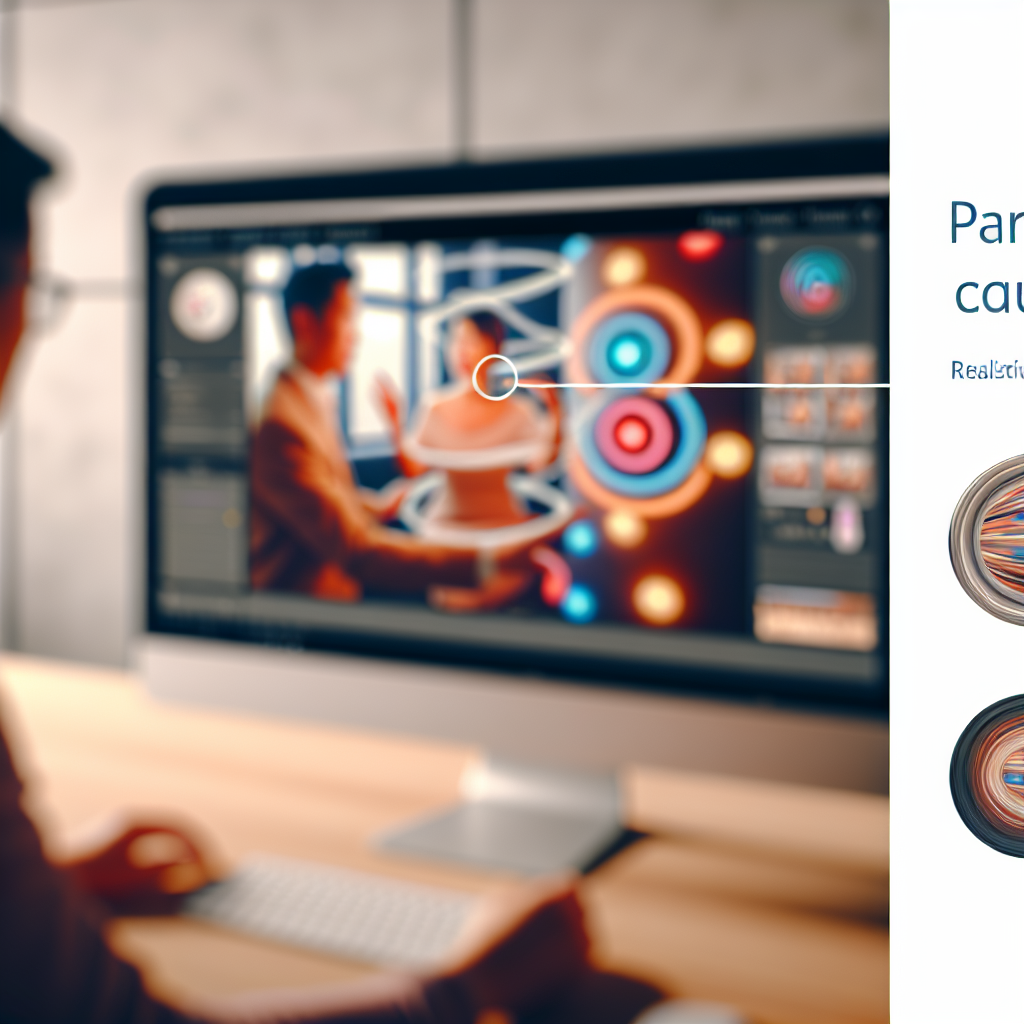The 3D carousel has become a popular feature in web design, offering an engaging way to showcase images, products, or content dynamically. Its ability to create immersive, interactive experiences enhances user engagement and improves overall site aesthetics. In this article, we’ll explore the key aspects of 3D carousels, including their functionality and implementation techniques.
Understanding the Essence of a 3D Carousel
A 3D carousel elevates the traditional 2D slider by adding depth and perspective, making the content appear as if it is revolving around a central axis in three-dimensional space. This effect is achieved through advanced CSS3 transformations and JavaScript frameworks, which manipulate elements to simulate a realistic rotation and spatial positioning. The result is a highly engaging visual tool that captures user attention and elevates product presentation.
Compared to standard 2D carousels, 3D versions provide:
- Enhanced visual appeal through immersive depth effects
- Better user engagement with interactive rotation and perspective controls
- More dynamic presentations suitable for portfolios, e-commerce, and branding
Implementing a 3D carousel requires understanding of rendering techniques, including perspective and transformation properties, as well as responsive design considerations to ensure functionality across devices.
Implementing an Effective 3D Carousel
Building a successful 3D carousel involves more than just applying effects; it demands a thoughtful approach to user experience and technical execution. Developers often use libraries such as Three.js or frameworks like Bootstrap with custom CSS to achieve smooth, responsive animations.
Key factors to consider for optimal implementation include:
- Performance Optimization: Minimize load times by optimizing images and scripts, ensuring smooth rotations without lag.
- Responsiveness: Design the carousel to adapt seamlessly across desktops, tablets, and smartphones, maintaining visual coherence and usability.
- Accessibility: Integrate keyboard navigation and ARIA labels to make the carousel usable for all users.
Additionally, customizing the rotation path, speed, and interaction modes (automatic or user-controlled) allows designers to tailor the experience to their audience’s preferences and project goals.
Effective implementation balances aesthetics with usability, ensuring the immersive 3D effect enhances the content without overwhelming the user or compromising website performance.
In conclusion, a 3D carousel is a versatile and visually stunning tool that can significantly enhance website engagement when properly implemented. By understanding its core principles and technical requirements, designers and developers can create immersive experiences that captivate users and elevate brand presentation. Embracing 3D carousels offers a creative edge in modern web design, making your content stand out in a competitive digital landscape.
